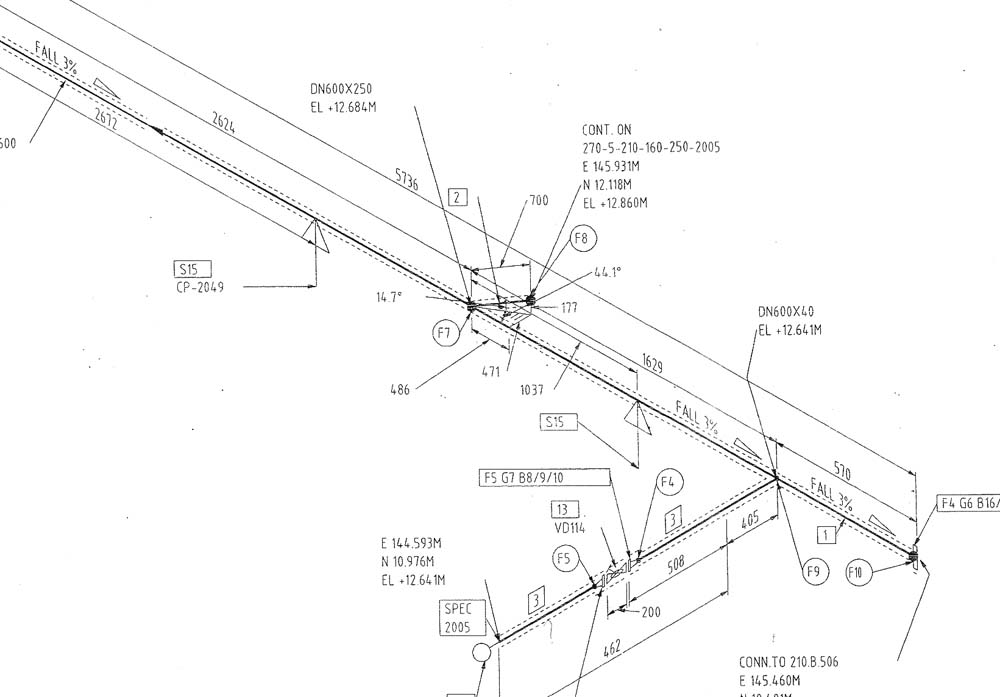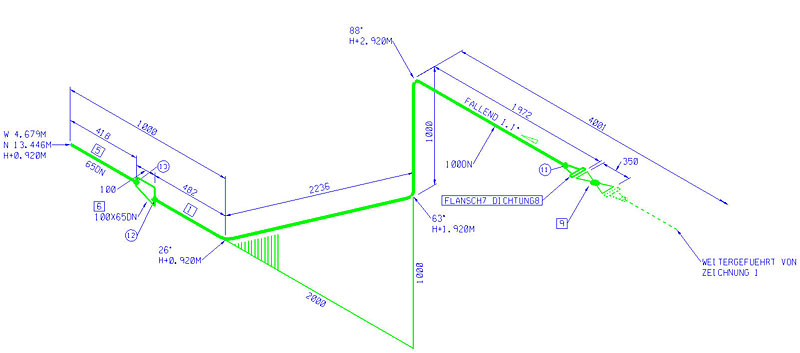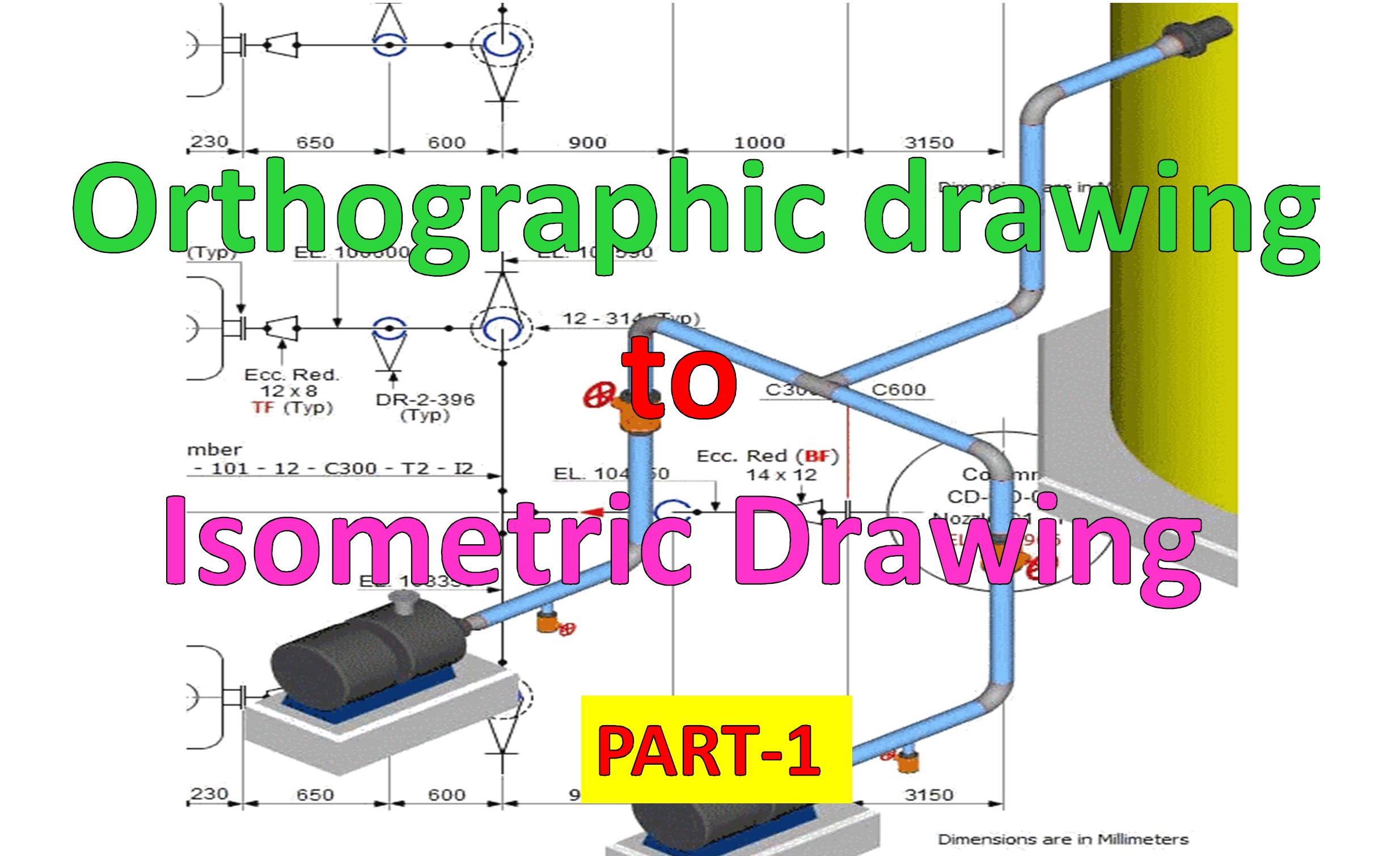
Here, we’ll take a look at what isometric piping is, why it’s used, and some of the basic principles you need to know to be able to draw isometric piping.

If you’re new to isometric piping, understanding the basics is essential to being able to create accurate drawings. With these tips in mind, you should be well on your way to creating isometric piping drawings that are both realistic and accurate! Understanding the Basics of Isometric Piping These should be drawn to scale and in the correct isometric orientation. Finally, add the piping elements, such as elbows, tees, and valves. These should be drawn perpendicular to the horizontal lines.ĥ. Next, draw the vertical lines of the piping layout. For example, if you’re using a 30 degree angle, you would draw the horizontal lines at 30 degrees from the vertical.Ĥ. To draw the isometric piping, start by drawing the horizontal lines of the piping layout at the chosen isometric angle. 30 degrees is a common angle for isometric drawings.ģ.

Next, decide on the isometric angle you want to use. This will serve as a guide for drawing the isometric piping.Ģ. First, draw a basic piping layout in two dimensions. Here are some tips on how to draw isometric piping:ġ. If you’re looking to add a touch of dimensionality and realism to your piping drawings, then isometric drawing is the way to go! Isometric piping is a type of drawing that shows the pipes in three dimensions, allowing for a more accurate representation of the piping system. Seeking Feedback and Continuing to Improve.




 0 kommentar(er)
0 kommentar(er)
